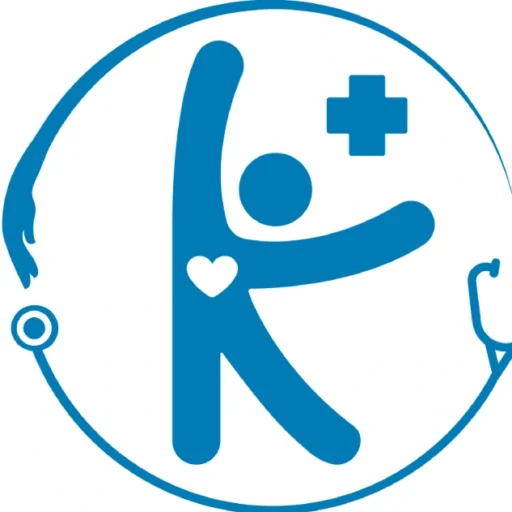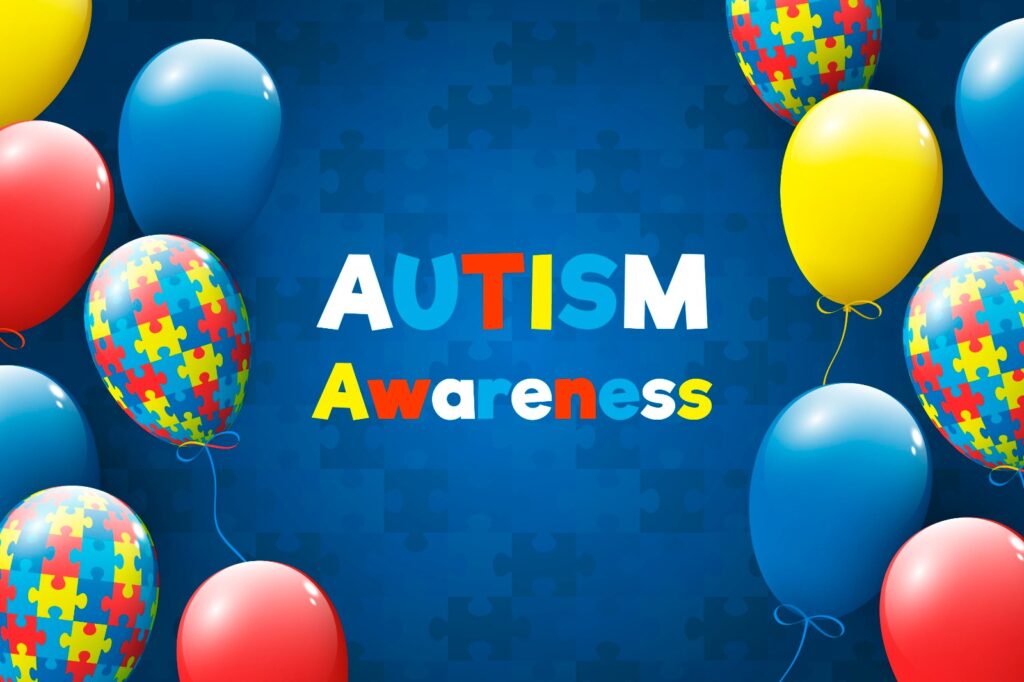Autism Spectrum Disorder (ASD) is a complex developmental disorder that affects social interaction, communication, and behavior. While the signs and symptoms of autism can vary widely from person to person, it is generally characterised by difficulty with social interaction and communication, restricted interests, repetitive behaviors, and sensory sensitivities. In this blog, we will provide a comprehensive guide to understanding autism, including its signs and symptoms, screening and diagnosis, and available treatments and therapies.
SIGNS AND SYMPTOMS OF AUTISM

The signs and symptoms of autism can vary widely depending on the severity of the disorder and the individual’s age and developmental stage. However, some common signs and symptoms of autism include:
- Communication Difficulties: Children with autism may have difficulty with communication. They may not speak at all, or they may have delayed speech. They may also have difficulty understanding language and may not respond when their name is called.
- Social Interactions: Children with autism may have difficulty with social interactions. They may not respond to social cues, such as smiling or waving, and they may not make eye contact with others. They may also prefer to play alone rather than with other children.
- Repetitive Behaviors: Children with autism may engage in repetitive behaviors, such as flapping their hands, rocking back and forth, or repeating words or phrases.
- Sensory Sensitivities: Children with autism may be hypersensitive to sensory stimuli, such as sounds, smells, or textures. They may become upset or agitated by certain sounds or textures and may have difficulty adapting to changes in their environment.
- Narrow Interests: Children with autism may have narrow interests and may become fixated on a particular topic or object. They may become upset if their routine or schedule is disrupted.
These signs and symptoms may be more or less severe in different children with autism. It is important to note that not all children with autism will have the same symptoms, and some may not display any symptoms at all.
SCREENING AND DIAGNOSIS OF AUTISM
There is no single test that can diagnose autism. Instead, autism is diagnosed through a combination of developmental screening and a comprehensive diagnostic evaluation. Developmental screening is typically done during well-child visits with a pediatrician, and may include tests that measure a child’s development in areas such as communication, social interaction, and behavior. If a child shows signs of autism during developmental screening, they will be referred for a comprehensive diagnostic evaluation. This evaluation typically involves a team of specialists, including a psychologist, neurologist, and speech therapist, who will evaluate the child’s behavior, communication, and developmental history.
TREATMENT AND THERAPIES FOR AUTISM

While there is no cure for autism, there are a variety of treatments and therapies that can help individuals with autism to manage their symptoms and improve their quality of life. Some common treatments and therapies for autism include:
- Applied Behavior Analysis (ABA)ABA is a therapy that focuses on teaching individuals with autism new skills and behaviors, and reducing unwanted behaviors.
- Speech TherapySpeech therapy can help individuals with autism to improve their communication skills and learn new ways to express themselves.
- Occupational TherapyOccupational therapy can help individuals with autism to improve their motor skills, learn new coping strategies for sensory sensitivities, and develop life skills such as dressing and grooming.
- MedicationThere are a variety of medications that can be used to manage symptoms of autism, such as anxiety, depression, and hyperactivity.
- PhysiotherapyPhysiotherapy is a type of therapy that can help individuals with Autism Spectrum Disorder (ASD) improve their physical abilities. This type of therapy can help them with movements like running, jumping, and balancing. It can also help improve their coordination and body awareness, which means they can better understand where their body is in space. Physiotherapy can also help reduce sensory issues like sensitivity to touch and improve overall fitness and physical activity. Working with a team of professionals, a personalised treatment plan can be developed to meet the individual’s specific needs, with physiotherapy as a key part of that plan.
Autism Spectrum Disorder is a complex developmental disorder that can significantly impact an individual’s social interaction, communication, and behavior. While there is no cure for autism, early intervention and appropriate treatment can help individuals with autism to manage their symptoms and improve their quality of life. If you suspect that you or someone you know may have autism, it is important to talk to a healthcare provider or mental health professional for further evaluation and support.


